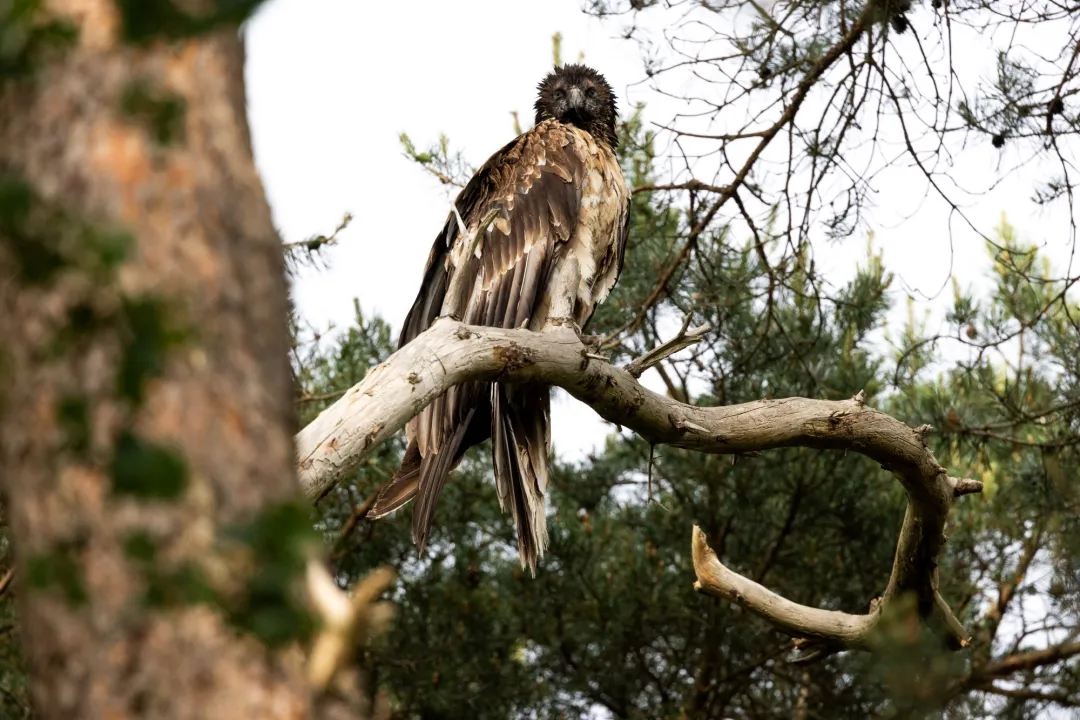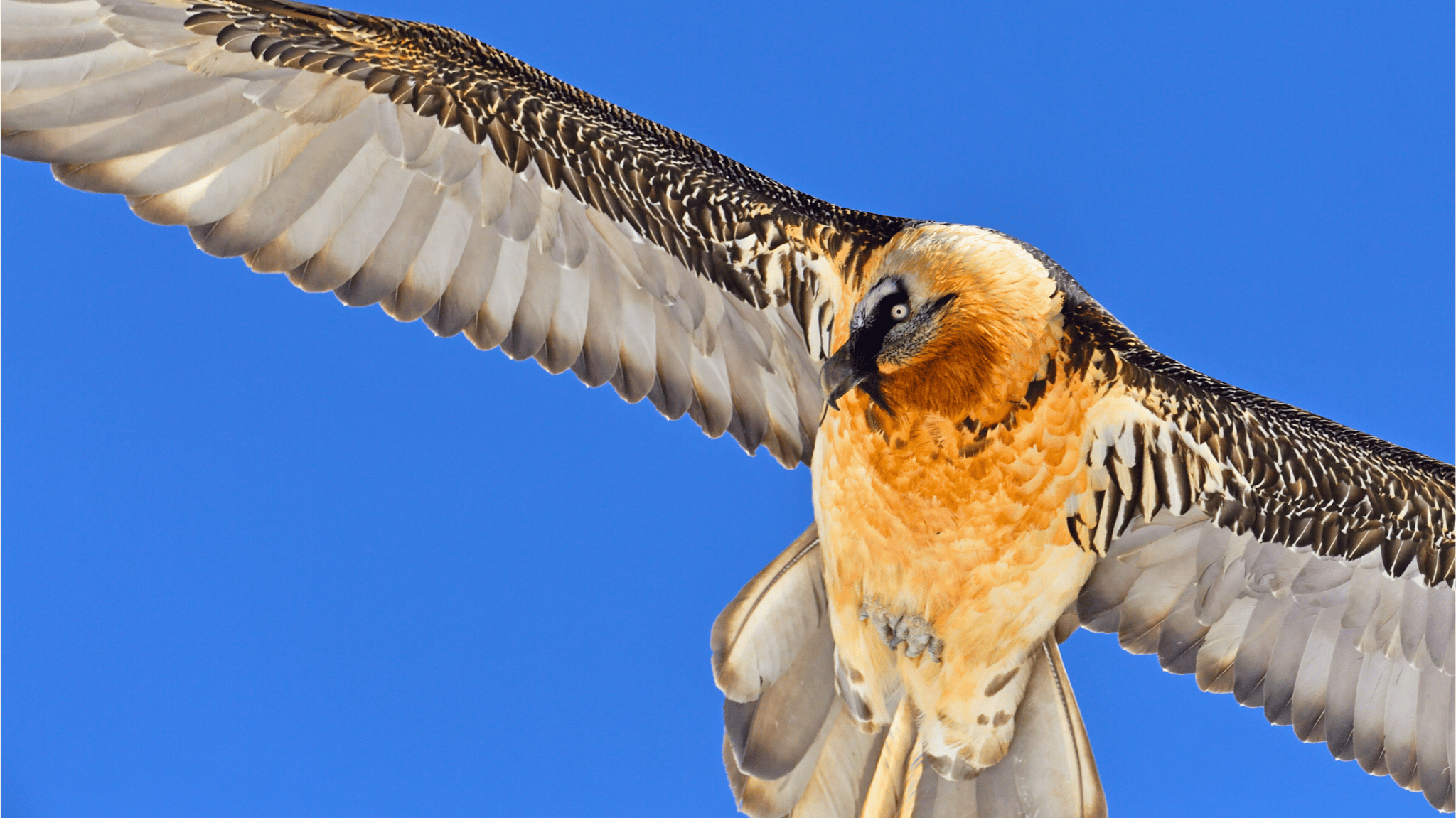The breeding season 2014-15 was a milestone in the bearded vulture reintroduction project in Andalusia (managed by the Junta de Andalusia, and in which the VCF collaborates): Tono and Blimunda bred in the wild for the first time after extinction of the species there in the 80s, while a second territorial pair (Hortelano & Marchena) was also observed in the Sierras of Cazorla, Segura and Las Villas.
Dr. Francisco Javier Montoro García, the dedicated bearded vulture enthusiast that has been monitoring and filming the pairs in Cazorla, sent us recently the video above, where you can see the evolution of the plumage of this pair across the years, and their fine territorial and breeding behaviour.
Hortelano & Marchena are still young to breed – the male was born in 2010 and the female in 2012, but they already sport a fine adult plumage and have started to mate as early as 2014-2015. Both birds hatched and reared at the local Guadalentín bearded vulture specialized captive breeding center, managed by the Junta de Andalucía and Fundación Gypaetus.
They both also moved away from Andalusia, in a common dispersion pattern: in the following spring after releasing they visited Sierra de Gredos, in central Spain, but as soon as the autumn starts birds fly back to the release area where the stay the whole winter. Hortelano did this three consecutive years, while Marchena only visited Gredos once, but they are now well established in Cazorla since the winter of 2013-2014, and have reconstructed old nests from an historical bearded vulture territory, which was used until the middle of the past century.
The female Marchena is now the same age as Blimunda when she bred for the first time – unusually early. As for Blimunda and Tono, they have built a new nest, very well protected from the rain and snow, in their breeding territory, so we are hoping they will lay an egg this year after having a break last year following their successful breeding in 2015.
These great news – two territorial pairs in Andalusia, have been partially overshadowed by the three losses that happened last year, because of poison – after 5 years without any bearded vulture mortality. The illegal use of poisoned baits is the main threat for the Andalusia project. The Junta de Andalusia has now announced several additional measures to fight this threat, and we hope we can again mitigate this threat to see further successes in the project to restore this magnificent species in the Andalusian mountains.
Film by Dr. Francisco Javier Montoro García



